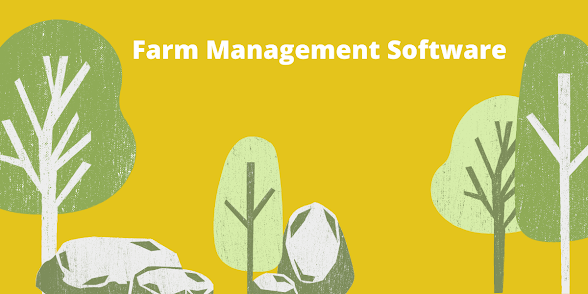Product Specification for Food and What Should It Include?
Here, you will get all about product specifications for food. You will get insights into what a product specification should include, what product specification is in food, and how you can make the specification sheet.
Whether you are in the Food and Beverages processing business or a part of the food supply chain, you need to have a thorough knowledge of product specification management regarding version control, nutrition labeling, and packaging labeling. So when you think of specifications, the first question that comes to mind is, “what is product specification in food”?
What is product specification in food?
Food specification describes the characteristics, ingredients, and other details about the products. You also get some precautions regarding storing and consuming those products.
What should a product specification include?
Following are the 10 most important sections you should include in the food specification.
Nutritional Information
Regulatory Claims
Physical Properties
Chemical Specifications
Summary of the product
Version Details
Microbiological Specifications
Package Contents
Allergens
Suggestive storage place and temperature
Nutrition Information:
Nutrition is the most important part for a user because it tells how they benefit from the food. For example, a user buys a cereal powder of 500 gm, then; what are they getting in terms of Calories, percentage of different fat and Cholesterol, Sugars, Carbohydrates, Protein, Vitamins, and other minerals like Calcium, Potassium, Iron, etc.
Regulatory Claims:
People who have problems with certain types of food and products need to know whether the food is free from those products or not. Like some people have allergies to Dairy products, and some have problems with soya products. So, to solve the same problems, you must mention the things like below:
Soy Free
Peanut free
Dairy free
GMO Free
Gluten Free
Natural Flavours
Natural Colours
Certified organic etc.
Physical Properties:
You can also mention the physical properties like colors, viscosity, etc., to give more information about the products.
Chemical Specifications:
When it comes to chemical properties, you can mention the properties like PH scale, the chemical present in the product, etc.
Summary of the product:
This section is another important part of the product specification where you mention an overview of the product and its ingredients.
Version Details:
Version number or details are not that important, but mentioning it can help the users know more about the food product.
Microbiological Specifications:
Suppose you have added some microbiological ingredients in the food like Yeast, Mold. In that case, you can mention it by mentioning the number of viable bacteria or fungal cells present in the food product.
Allergens:
Allergens are the food ingredients that can cause allergic issues in the food product. So whatever food products you took as an ingredient like Eggs, Milk etc. you can mention in the same section.
Packaging condition and Contents:
It would help if you also put up regarding atmosphere and conditions, and you packaged the product.
Suggestive storage place and temperature:
You get this information in the specification of other products as well like in medicinal products etc. Here, you mention the terms like where to place, the temperature of the storage place, whether you should keep it in the refrigerator or room temperature, etc.
However, for more details regarding food, you can visit: https://www.fda.gov/How to make a product specification sheet?
It is a little easier to create specifications in the other industries. Still, when you are creating product specifications in the food industry, you need to care about many things and care about the health and wellness of consumers. It would be best if you also mentioned how safe your food products are for your consumers.



Comments
Post a Comment